Methods of cataloging | OCT.15-NOV.1

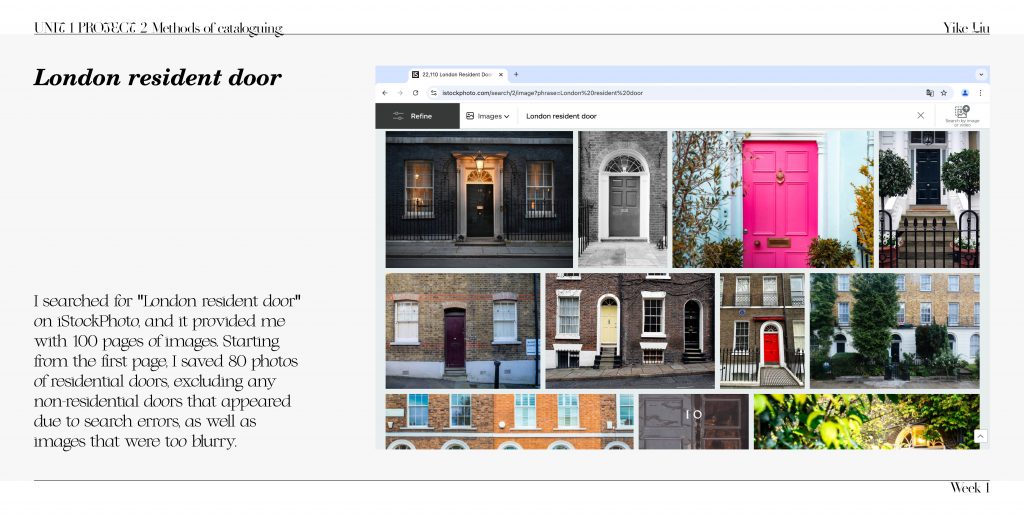


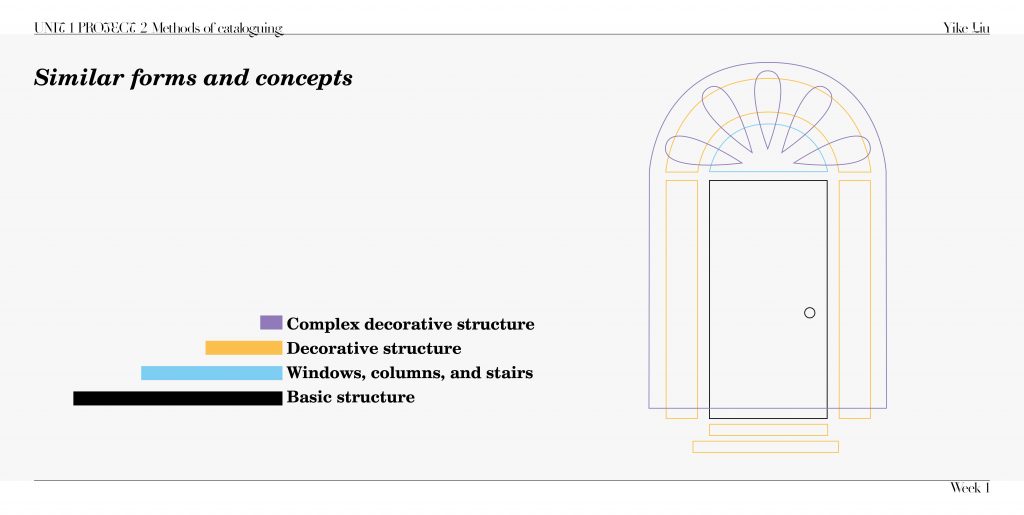
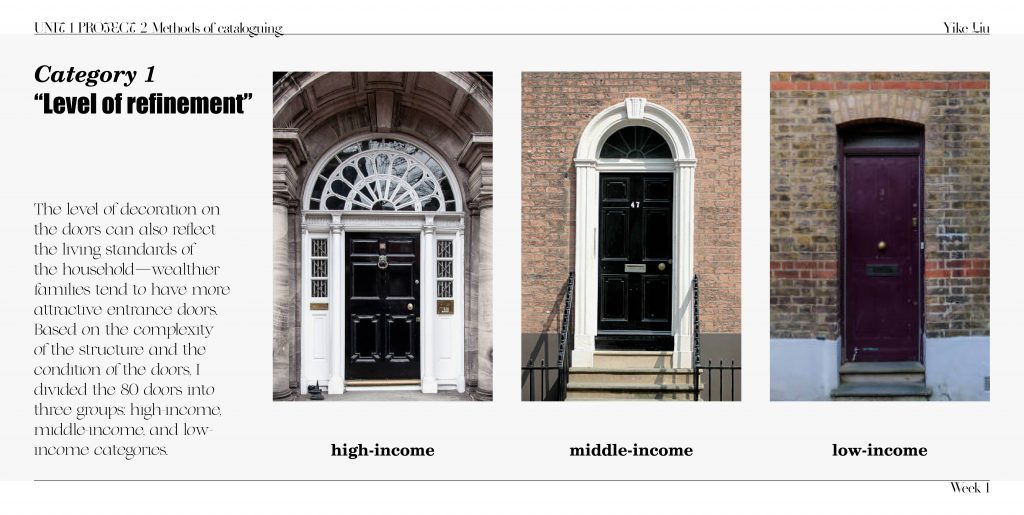
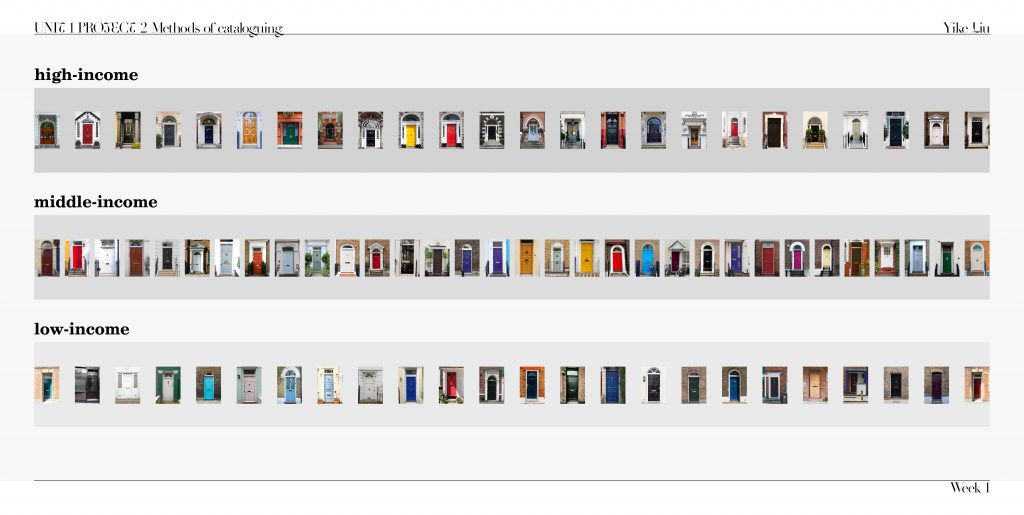
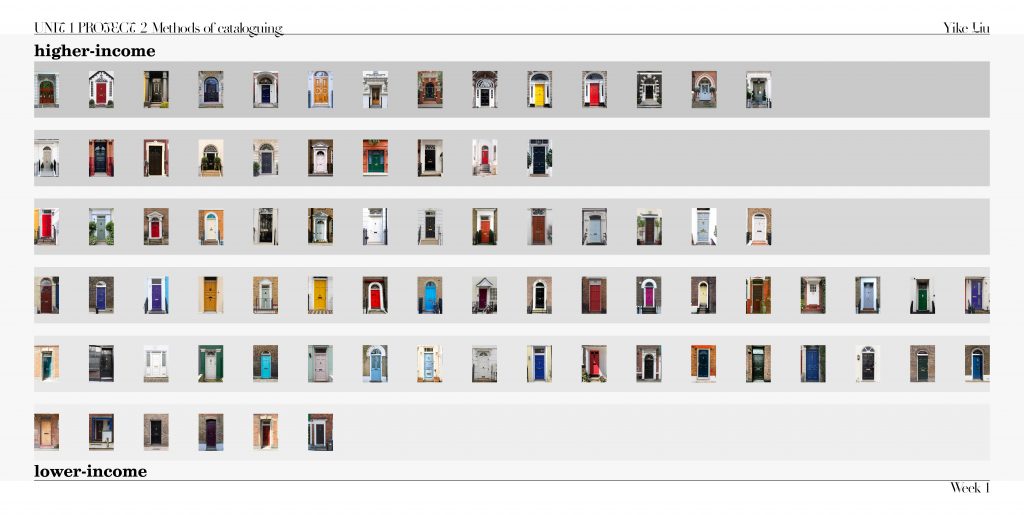

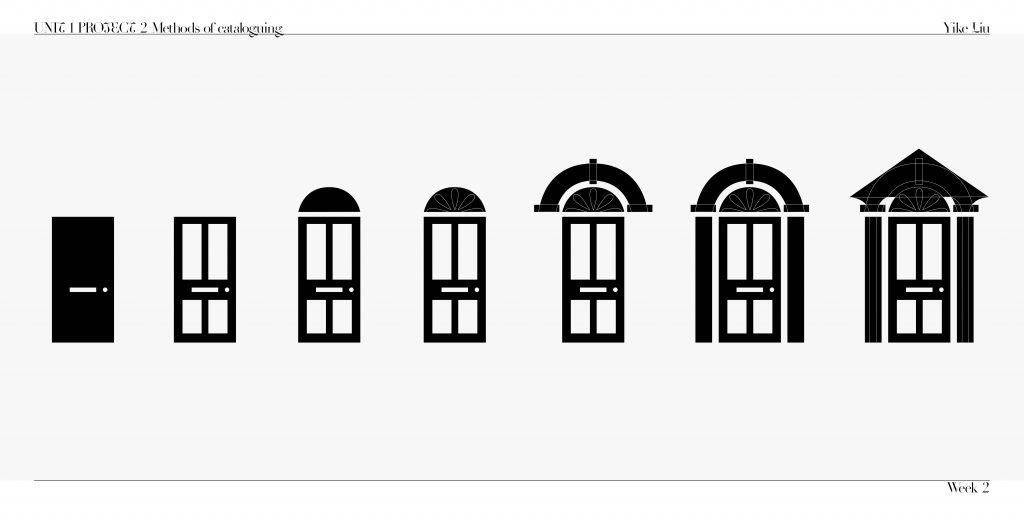
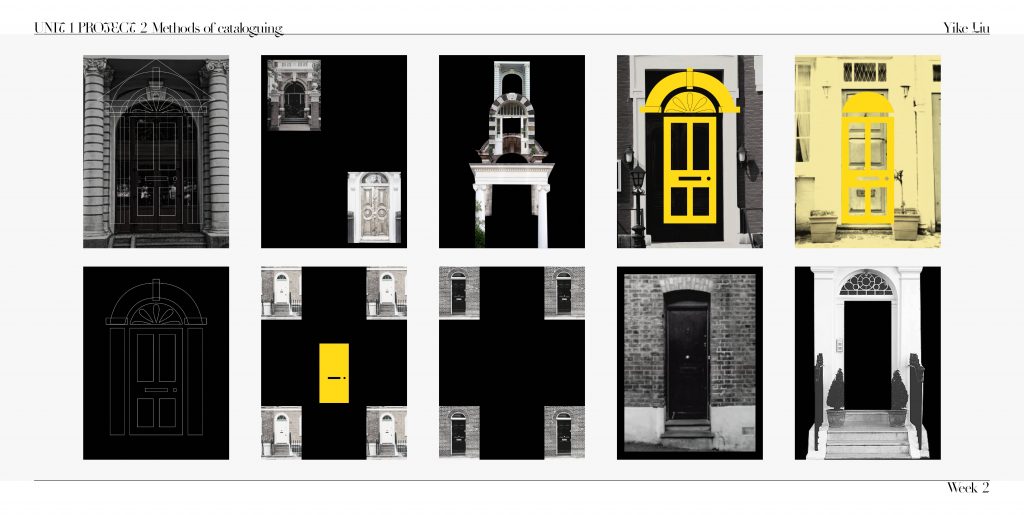
Project 2 Written Respond: Text Inventory
This writing examines Michel Foucault’s Preface to The Order of Things: An Archaeology of the Human Sciences, specifically the first paragraph on page xvi. In this passage, Foucault critiques classification by using unique text structure, grammar, and list layout to show the limits of categorization.
1.alphabetical list
Foucault begins with an alphabetical list from Borges, which categorizes animals under random headings, such as “(a) belonging to the Emperor, (b) embalmed, (c) tame, (d) sucking pigs” and more (Foucault, 1970, p. xvi). This alphabetical structure appears ordered, but it ultimately reveals the randomness and disconnection within categories. Foucault uses this list layout to expose how cultural classification can impose order in ways that may appear logical but lack true connection or coherence.
2. Grammar
Foucault’s grammar choices further highlight his critique of rigid classification. He contrasts sentence lengths and uses repetitive structures to emphasize the disjointed categories. For example, the sentence, “no inconceivable amphibious maidens, no clawed wings, no disgusting, squamous epidermis” (Foucault, 1970, p. xvi), uses repeated “no” phrases to reinforce the artificial separations between fantasy creatures and the animals in the list. This repetitive grammar pattern emphasizes the gaps and forced connections between categories, suggesting that classification can sometimes be arbitrary.
3.Juxtaposition
Foucault disrupts the line between real and imagined animals by mixing the two. He categorizes “fabulous” and “sucking pigs” together, making readers question where reality ends and imagination begins. This blending implies that classification systems can falsely divide “the Same and the Other,” a theme Foucault uses to illustrate that our cultural categories are not as clear as they seem (Foucault, 1970, p. xvi).
Through these structural choices, Foucault critiques classification as a potentially misleading tool, prompting readers to rethink the cultural influences within systems of knowledge.
Designed with WordPress

Leave a Reply